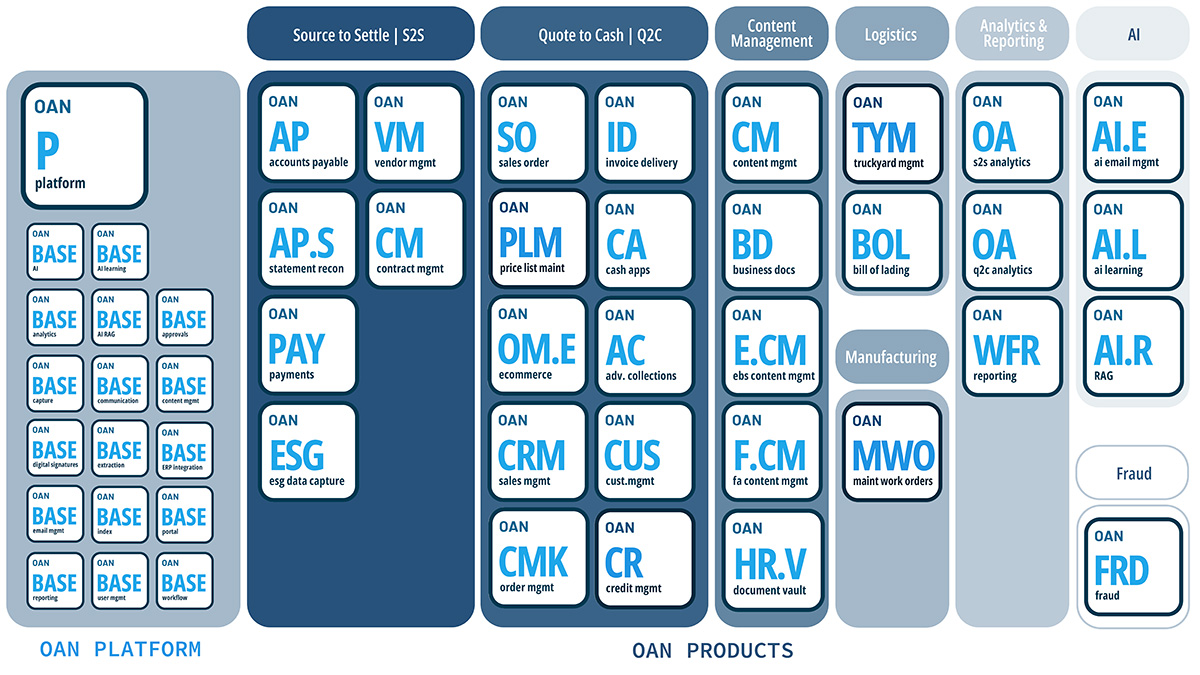The reconciliation of vendor statements emerges as a pivotal process, ensuring accuracy, transparency, and robust vendor relationships. This comprehensive guide outlines essential steps for navigating the complexities of vendor statement reconciliation and dives deeper into advanced strategies, providing businesses with a roadmap to financial precision and operational excellence.
1. Meticulously Gathering Vendor Statements and Internal Records: Laying the Groundwork
Embarking on the vendor statement reconciliation journey begins with the meticulous gathering of essential documentation. Vendor statements, comprehensive documents detailing various financial transactions, including invoices, payments, and outstanding balances, serve as a primary source of information. Simultaneously, compile internal records such as purchase orders, invoices, and payment receipts. This thorough compilation of documents sets the stage for a comprehensive reconciliation process, allowing financial teams to navigate the intricacies with a complete data set.
2. Rigorously Verify the Accuracy of Vendor Statements: Calibrating Financial Instruments
Following the gathering of documentation, delve into the verification process, a critical step in ensuring the accuracy of vendor statements. This meticulous examination involves cross-referencing the information on vendor statements with internal records and meticulously comparing invoice amounts, payment dates, and credit notes. The verification process is comparable to the calibration of financial instruments, guaranteeing that the financial data aligns accurately between the company’s meticulously maintained records and the details provided by the vendor.
3. Meticulously Match Invoices and Purchase Orders: Navigating Specifics
Proceed to the next crucial step, involving the meticulous matching of invoices with corresponding purchase orders. This process ensures that the goods or services listed on invoices align seamlessly with the purchase orders issued by the company. It’s akin to scrutinizing specific details of a map against a planned route, allowing for the identification of any discrepancies in quantities, prices, or items received. Attention to this level of detail ensures a thorough reconciliation process, leaving no room for potential inaccuracies in the alignment of purchase orders and invoices.
4. Reconciliation of Payments and Balances: Balancing the Ledger
Moving beyond invoices, extend the reconciliation process to payments and outstanding balances. Financial teams must cross-check payments made to vendors with corresponding entries on vendor statements, ensuring that all payments are accurately recorded. Simultaneously, reconciling outstanding balances on vendor statements with internal records is paramount to identifying any disparities that may impact future transactions. This step is akin to balancing the financial ledger, ensuring the company’s records align seamlessly and accurately.
5. Investigate Discrepancies Promptly: Illuminating Potential Issues
In the dynamic landscape of vendor reconciliation, discrepancies are inevitable. When identified, delve into the root causes of these discrepancies. Investigate differences in amounts, quantities, or dates, and reach out to the vendor to clarify and rectify any discrepancies promptly. This investigative step is like illuminating potential issues with a lighthouse, preventing them from evolving into more significant financial challenges and ensuring a robust reconciliation process. This meticulous approach in the foundational steps establishes a solid ground for accurate and efficient vendor statement reconciliation.
6. Embrace Automation for Streamlined Processes: Sailing through Efficiency
As you progress in your vendor statement reconciliation journey, consider embracing automation as a pivotal strategy. Automated systems act as the wind in the sails, expediting the matching of invoices with purchase orders and the reconciliation of payments. The efficiency gained from automation is akin to navigating the seas with a favorable tailwind, allowing financial teams to traverse vast volumes of data swiftly and accurately. By automating routine reconciliation tasks, businesses save time and reduce the risk of manual errors, ensuring a more robust and precise reconciliation process.
7. Implement Robust Vendor Management Systems: Nurturing Collaborative Seas
Continue refining your approach by incorporating robust vendor management systems. These comprehensive systems serve as a centralized platform for monitoring and managing vendor relationships, fostering collaborative seas in the business ecosystem. Beyond basic reconciliation functions, these systems often include features such as real-time tracking of transactions, automated alerts for discrepancies, and in-depth vendor performance analytics. Navigating with such a comprehensive tool is like having a well-equipped control center, ensuring transparency in vendor interactions, fostering trust, and nurturing long-term, collaborative relationships that benefit both parties.
8. Integrate with ERP Systems: Unifying Financial Navigation
Further, enhance your reconciliation strategy by integrating vendor statement reconciliation with Enterprise Resource Planning (ERP) systems. This strategic integration unifies financial navigation across the organization, ensuring seamless communication between different financial functions. It’s not merely a GPS guiding through specific routes; it’s a holistic navigation system offering insights into the financial landscape. This unified approach minimizes detours, optimizes financial performance, and establishes coherence in data across various departments. The integration with ERP systems streamlines processes, reduces duplication of efforts, and enhances the overall efficiency and accuracy of vendor statement reconciliation within the organization’s larger financial framework.
9. Incorporate Continuous Monitoring and Analytics: Navigating with Precision
Continuously refine your reconciliation strategy by implementing advanced monitoring and analytics. Real-time tracking of transactions and the application of analytics tools allow financial teams to detect trends, identify potential issues, and make data-driven decisions. Navigating with precision in this manner is akin to having a high-tech radar system, ensuring that financial teams can proactively address discrepancies and continuously enhance the efficiency of the reconciliation process.
10. Foster Vendor Collaboration and Training: Nurturing a Skilled Crew
Collaboration with vendors is a key aspect of successful vendor statement reconciliation. Establish open lines of communication and provide training to vendors on the company’s reconciliation processes. It’s like nurturing a skilled crew on a financial ship, ensuring that vendors understand the importance of accurate and timely information. Vendor collaboration and training contribute to a harmonious financial ecosystem, reducing the likelihood of future discrepancies and fostering a positive business environment.
Conclusion
In conclusion, mastering the reconciliation of vendor statements requires a multi-faceted approach that combines foundational steps with advanced strategies. By meticulously navigating through each stage of the reconciliation process, businesses can achieve financial precision, optimize operations, and foster lasting relationships with their vendors.

